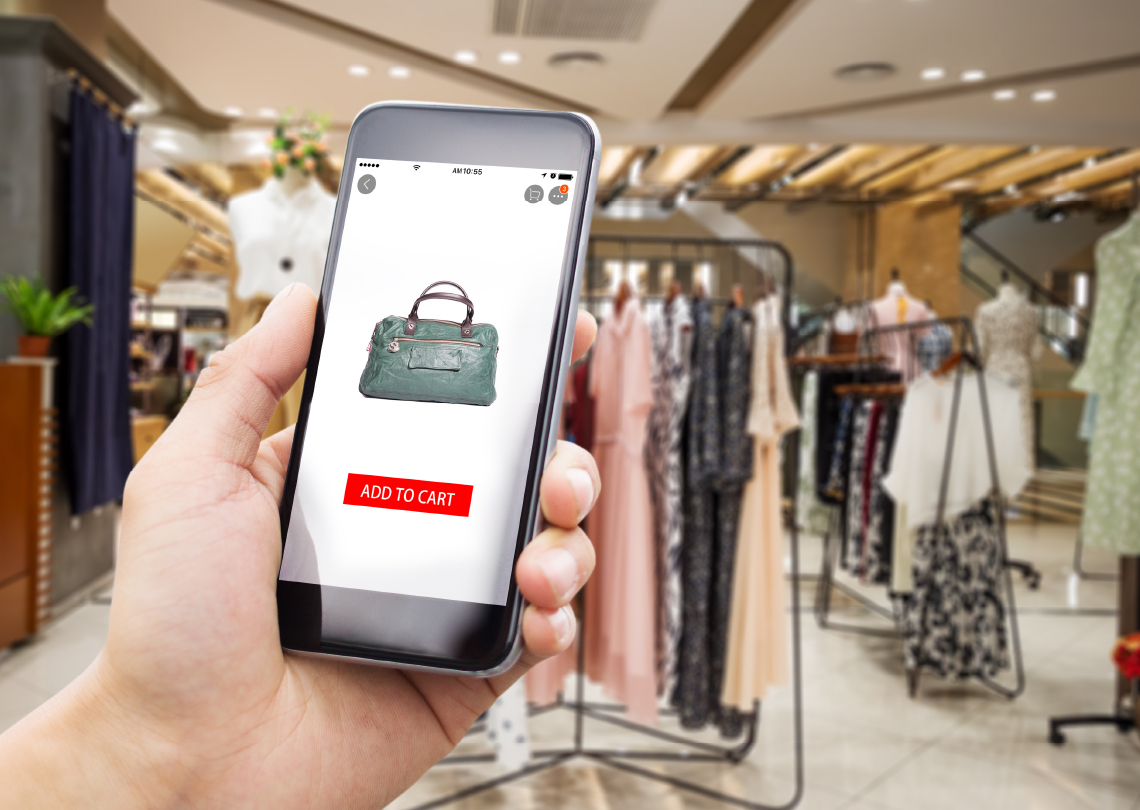Retail Revolution: Webrooming and Showrooming
Zennan Green

I’m sure we’ve all been there. We are all guilty. Well, I know I am. Have you ever found yourself checking out a product in-store, maybe a new TV or a Bluetooth speaker for your next trip, and before you’ve even left the store, you’ve jumped online, found it for 10-20% cheaper and purchased it, next day delivery inclusive. This unspoken, but common discourteous activity causes a pretty big challenge for physical retailers, who bear the brunt of overwhelming expenses, from staff to rent and rates.
But now we all carry a smartphone everywhere we go, it’s all too simple to price-check on the spot. This is known as Showrooming. Thankfully for physical retailers, another trend has emerged: Webrooming. You guessed it – as the opposite of Showrooming, Webrooming is where consumers research a product online, and complete their purchase in-store. A study by Merchant Warehouse identified the key reasons consumers engaged in webrooming, and the most common reasons cited were not wanting to pay for shipping (47%), followed closely by wanting to go to a store to touch and feel a product prior to purchasing (46%).
Physical retailers are getting smarter. A few years ago, it was widely feared the digital revolution would mean the end of the physical retail experience. Today consumers have shown this not to be the case and many studies show that consumers want the experience of physical retail.
Why consumers Webroom
- 47% didn't want to pay for shipping
- 46% like to touch and feel a product in-store before they buy it
- 36% will ask the store to price match a better price they found online
- 37% like the option of being able to return the item to the store if needed
- 23% didn't want to wait for the product to be delivered
IKEA – a case in point
Ikea opened a store on Tottenham Court Road in London – a far cry from the typical vast out-of-town warehouses that we would normally associate with the Swedish retailer.
Why is it there? Because that is where the customers are. They pass the store every day on their way home from work, during lunch breaks – whenever. But instead of having the huge, self-service warehouse, customers can look at the furnishings, design a kitchen or a bedroom in store with the Ikea experts – and then order for home delivery. After all, which crazy fool wants to drive their car anywhere near central London?
But the store also serves what is in some ways the opposite side of Showrooming: Webrooming.
Customers can look at products at home, online or on their smartphones, and before committing to buy, can go in to the store and touch, feel, and examine their choices. Ikea call this store format a “Planning Studio” – if they follow through with their plans, you’ll be seeing a lot more of these.
Much has been written about how customers are now loyal to experiences, not brands. If this is true, then it stands that to drive brand loyalty, you now need to get the experience right. Getting it right also means more engaged customers across all channels, which ultimately will lead to profitable customers.
The first thing to know is that Retail, as an industry, continuously disrupts and reinvents itself. Sears disrupted the industry at the beginning of last century, as did Walmart, and most recently Amazon – who’s next?
We don’t know, but when it comes to delivering a great customer experience, success is nowhere near as closely related to size and scale as it was with the goods and services economies. In the new world, bigger does not always mean better, and there is a very real possibility that in the future, there will no longer be one dominant player in any given segment.
Without question, we are now all living in the Experience Economy. Whether we noticed it coming or not, it is clear that customer behaviour and attitudes have changed. Technology is no longer just for the geeks or the savvy few – we no longer think in terms of online and offline lifestyles. We just have lifestyles.
Which means for retailers, investments in the customer experience need to be balanced between physical and digital, and an obsession with only either online or offline channels is not an option. Despite the popular perception, ecommerce is not the real threat to retailers. Amazon is not the real threat. Neither Showrooming nor Webrooming nor any other trendy topic.
The biggest threat to retailers, of any size and shape, is failing to deliver a great and memorable Customer Experience.